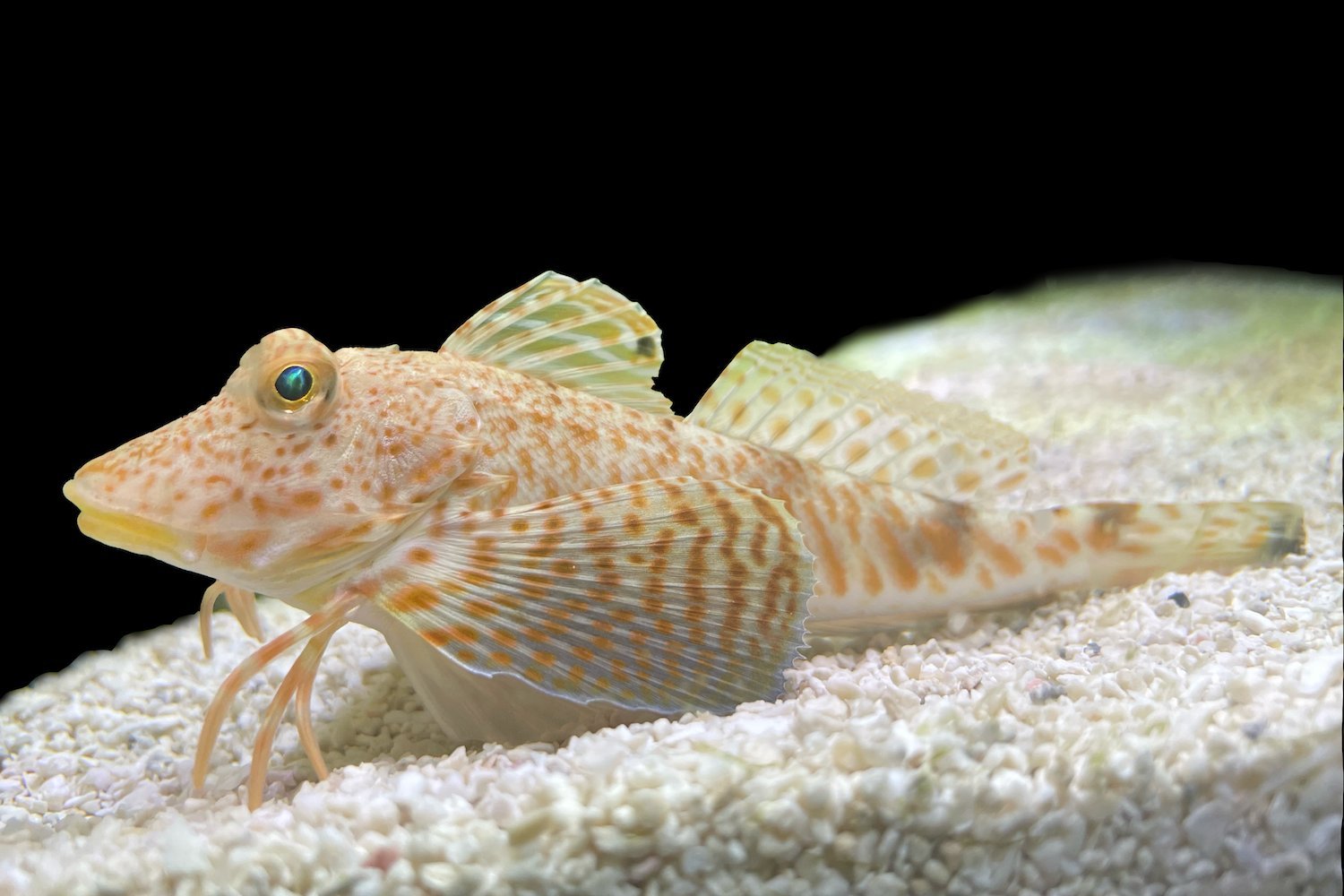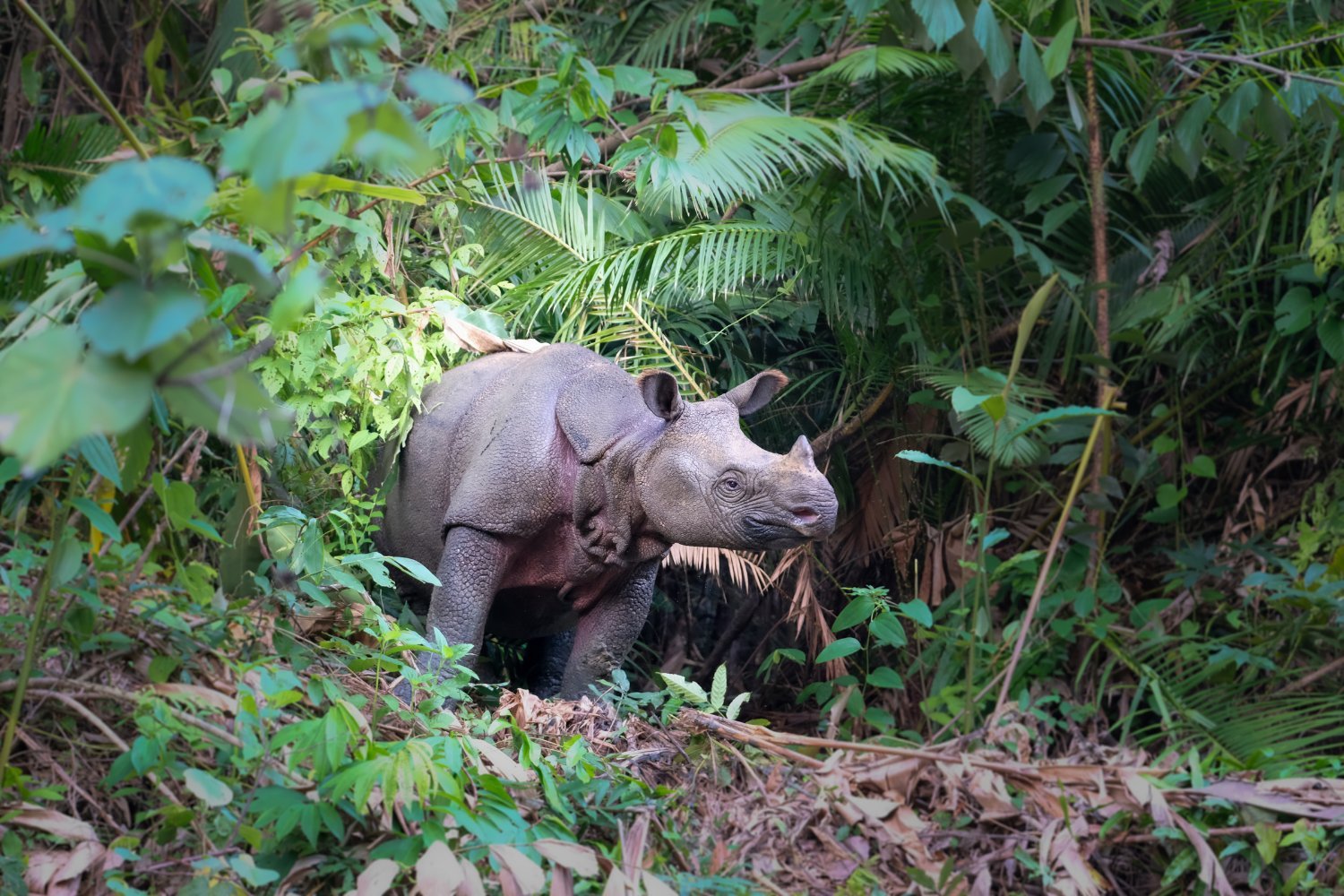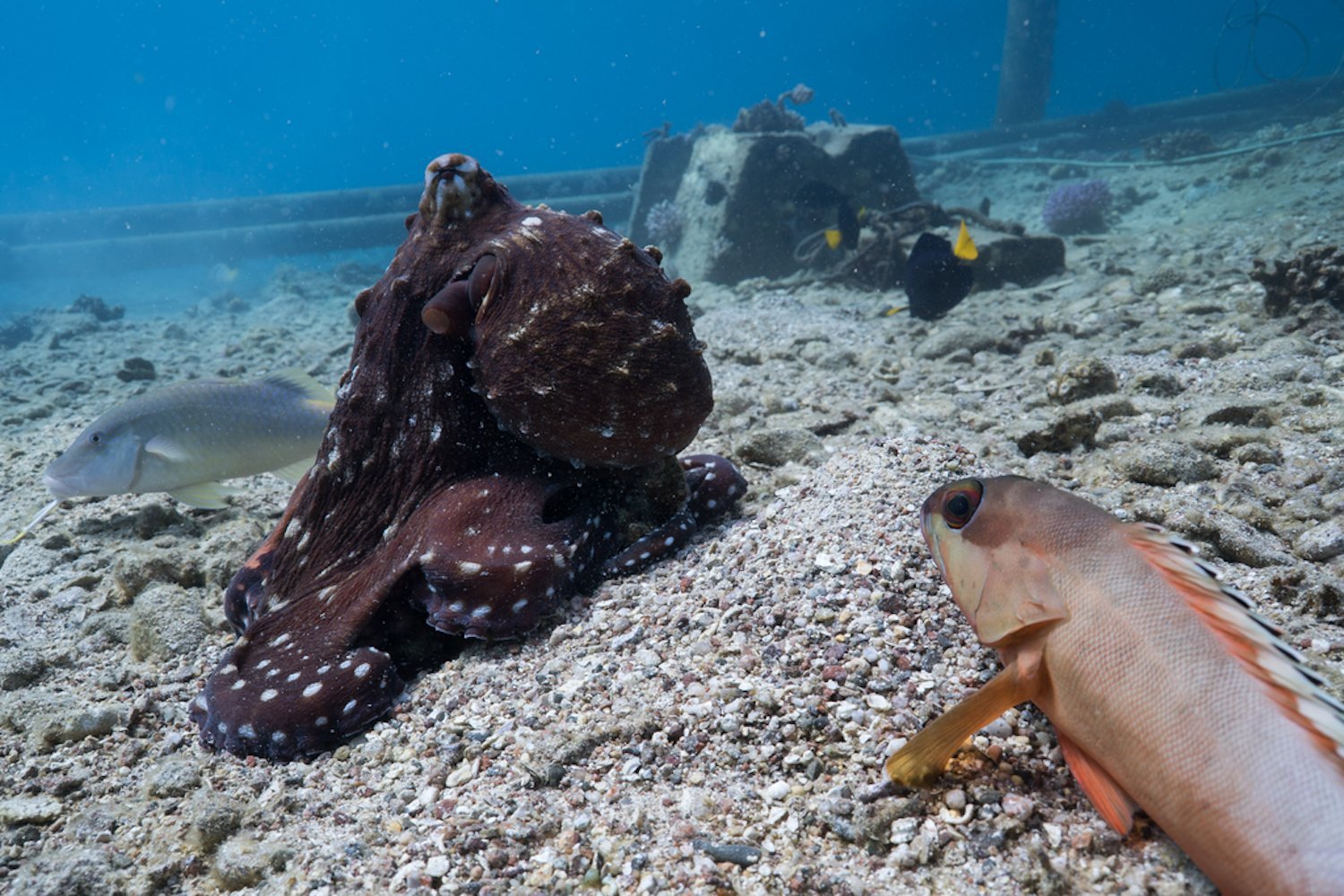The Japanese eel, Anguila japonica, is known for its remarkable ability to escape from the digestive tracts of predators. While this survival tactic was known, the exact mechanism remained a mystery. A recent study published in Current Biology sheds light on this incredible escape, providing the first-ever documentation of prey behavior inside a predator’s digestive system.
This study, led by researchers at Nagasaki University, utilized innovative camera technology, including conventional video recording and x-ray imaging, to capture the eel’s escape strategy. A predatory fish, the Dark sleeper, was placed in a tank, and an A. japonica eel, injected with barium sulfate for enhanced visibility, was introduced. The eel was quickly swallowed, setting the stage for its dramatic escape.
A Daring Escape Route
Instead of succumbing to digestion, the eel embarked on a daring escape. Footage reveals the eel actively navigating the predator’s stomach, seemingly searching for an exit. Using its tail, it probed the stomach walls, eventually finding its way into the esophagus. The eel then pushed its tail through the fish’s gill opening. By anchoring its tail outside the gill, the eel could pull the rest of its body through, effectively ejecting itself from the predator.
This unexpected escape route surprised the researchers. “At the beginning of the experiment, we speculated that eels would escape directly from the predator’s mouth to the gill,” stated Yuuki Kawabata, a researcher involved in the study. “However, witnessing the eels’ desperate escape from the predator’s stomach to the gills was truly astonishing.”
Escape Success Rate and Speed
The experiment was repeated numerous times, revealing a high success rate for the eels. Out of 32 trials, only four eels didn’t attempt an escape. Thirteen eels successfully maneuvered their tails out of the gills, and nine achieved complete freedom. The escape was remarkably swift, with the average escape time being a mere 56 seconds.
Other Escape Artists of the Animal Kingdom
The Japanese eel isn’t the only creature with remarkable survival strategies. A 2006 study documented a parasitic worm, Paragordius tricuspidatus, forcing its way out of a predator after its host was consumed. Another study from 2020 revealed an aquatic beetle that induces diarrhea in its predator (a frog) to escape through the anus.
Conclusion
The Japanese eel’s remarkable escape technique highlights the incredible adaptability of nature. This study provides valuable insights into predator-prey dynamics and showcases the innovative methods organisms employ for survival. This research not only reveals the fascinating escape artistry of the Japanese eel but also underscores the importance of continued exploration into the hidden wonders of the natural world.











